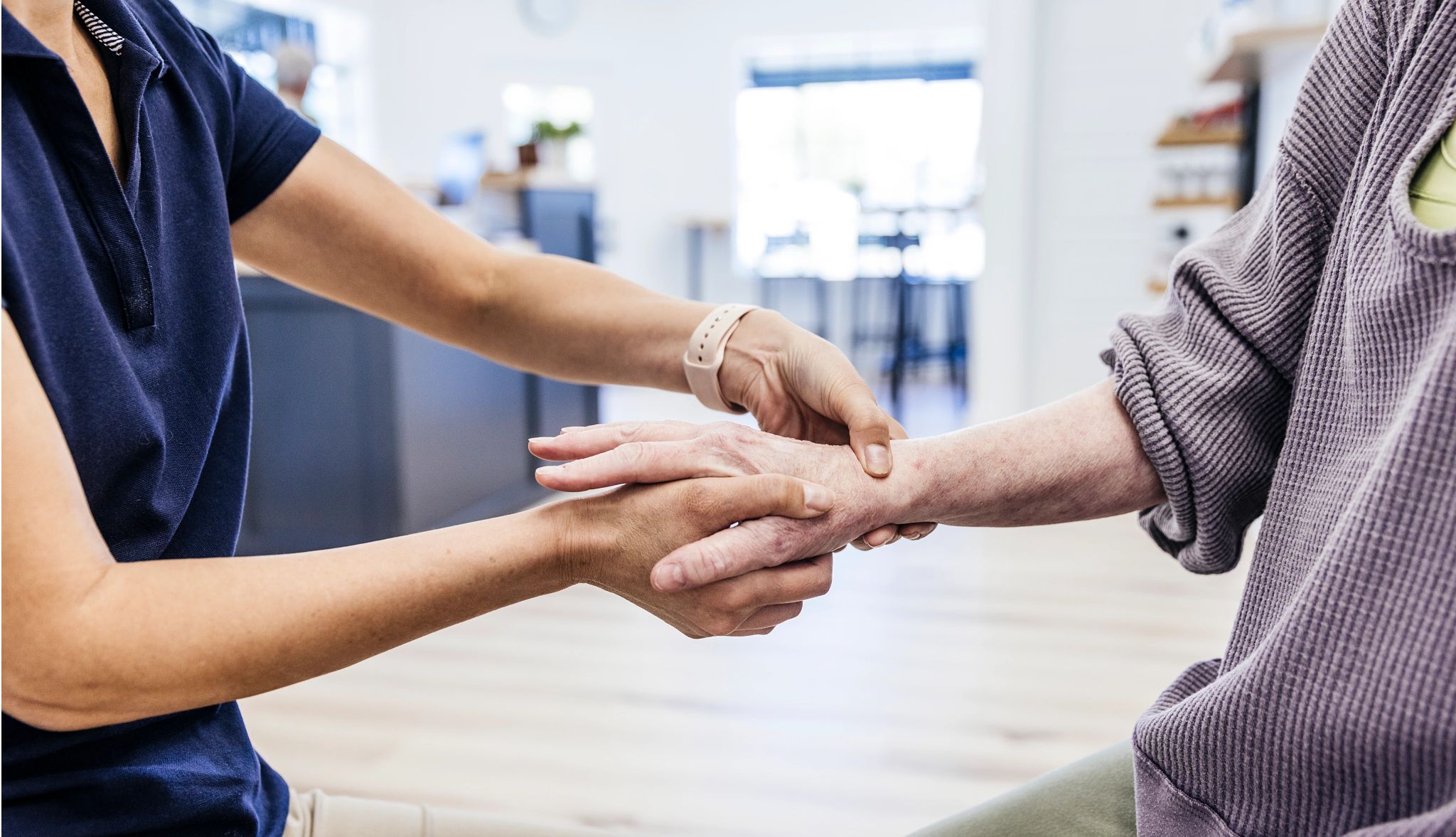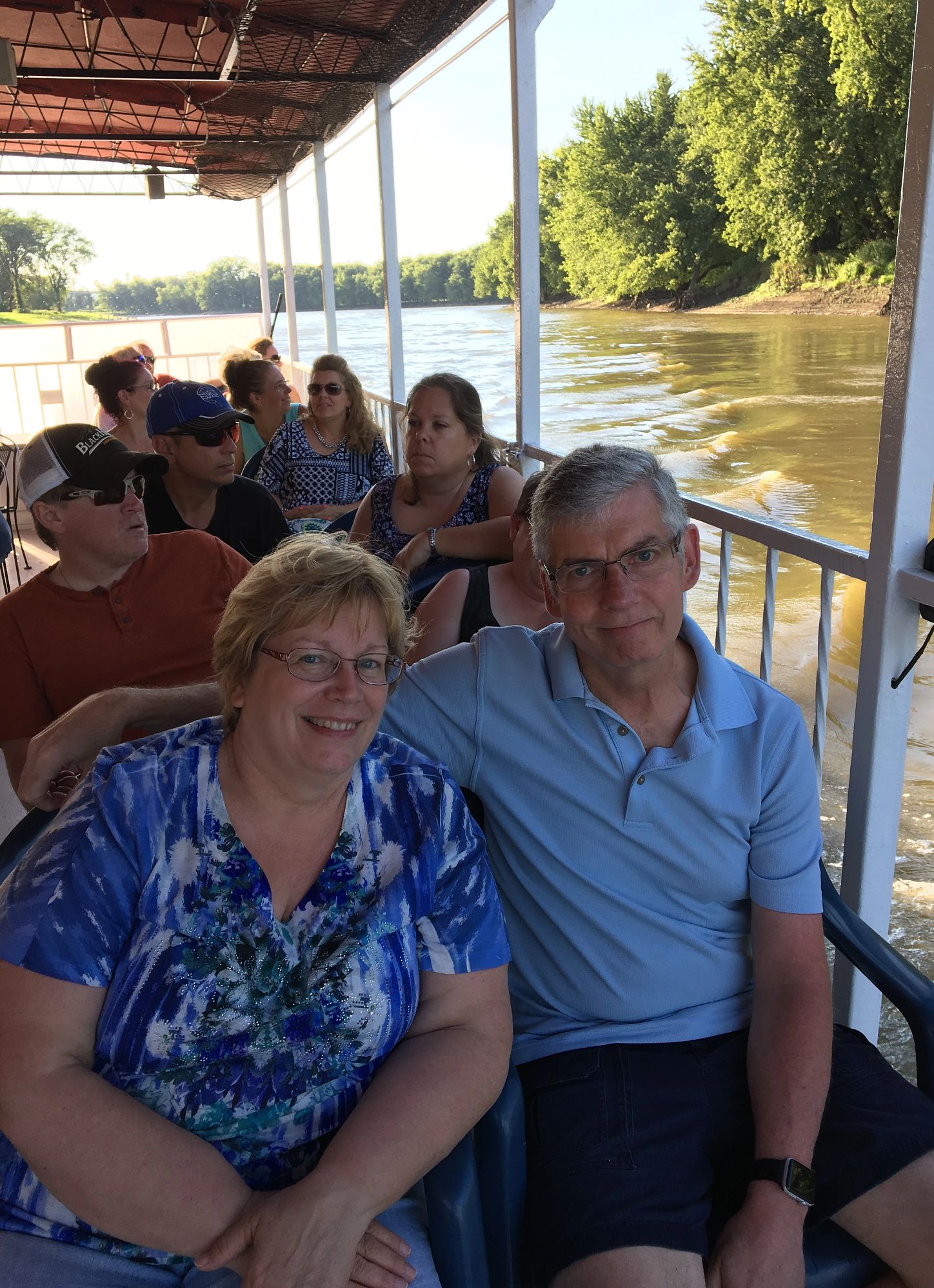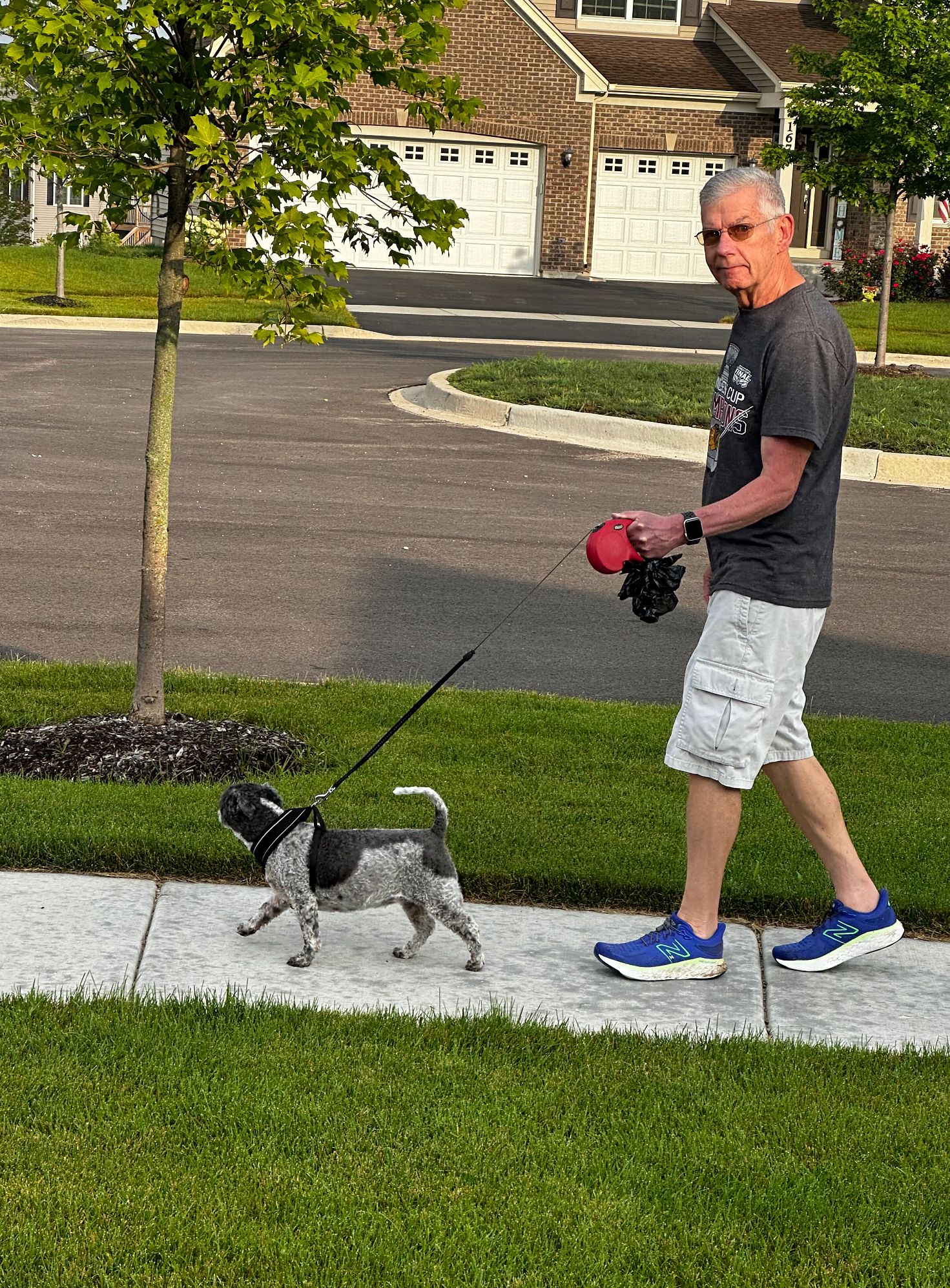Most patients are out of the hospital within a week,
after they’ve been stabilized and given treatment to protect them
against a subsequent stroke. Some can go straight home, either because
they’ve recovered so much that they need no further therapy, or because
they can do home health therapy or outpatient therapy.
A multipronged approach to stroke rehab
Recovery may involve several types of therapy:
Physical therapy: Training and exercises to help stroke survivors relearn how to move — walk, maintain balance and increase range of motion.
Occupational therapy: Training and exercises to help patients
accomplish typical daily activities, such as eating, drinking, dressing,
bathing, cooking and using the toilet.
Speech therapy: Can help with swallowing, relearning language and developing new ways of communicating if speaking is difficult.
Psychological therapy: Talk therapy may help patients who
experience depression, anxiety or cognitive problems after a stroke. A
psychiatrist or other physician can prescribe antidepressants or other
medications if necessary.
Sources: Centers for Disease Control and Prevention and National Institute of Neurological Disorders and Stroke
Patients who can handle at least three hours per day of
intense therapy, five times a week, are eligible for inpatient
rehabilitation facilities. This is what the American Stroke Association
recommends for everyone who qualifies, when possible. At these
facilities, which may stand alone or be part of a larger hospital,
patients get an individualized rehabilitation plan that might include
physical therapy, occupational therapy, speech therapy and psychological
support. The average stay is about 15 days, according to the American
Academy of Physical Medicine & Rehabilitation.
Some patients are too fragile or unable to participate in
that kind of intense therapy and are discharged from the hospital to a
long-term acute care hospital or a skilled nursing facility, where they
can participate in therapy according to their ability. It’s worth noting
that some of these patients do improve enough to handle some therapy
and see progress.
Outpatient rehabilitation starts after inpatient
rehabilitation ends, or in some cases directly after the hospital stay.
Sessions are usually a few times per week. In addition to the kinds of
therapies available at an inpatient facility, patients may get
vocational rehab, pool therapy, driving evaluations, help with using a
wheelchair and the opportunity to use virtual reality or robotic
therapy, according to the American Academy of Physical Medicine &
Rehabilitation.
Ifejika suggests patients look into day rehab programs in
their area, as Nichols did. They are intense programs, five days per
week, some with transportation. And if you’re given exercises to do in
between appointments, Williams says, it’s important to do that
“homework” to maximize your recovery.
Regaining independence
Rehab aims to help people perform activities of daily
life. “The most important things are their ability to walk, to speak and
to swallow,” Ifejika says.
“Have open discussions with your therapy teams about
specific goals you may want to work towards,” Williams advises. If you
have a hobby you enjoy and want to continue, make sure your therapy team
knows it’s important to you. “It may not always be feasible, but it
should at least be discussed,” she says.
Gains made during rehab are possible because of the
brain’s ability to adapt to the losses incurred in the stroke. To some
extent that happens because nerve cells can forge new connections,
Harvey says. But “the real reason why most people recover is that the
brain is very redundant, especially with movement,” he adds. You may
use a certain neural pathway, say, to grasp and release objects with
your hand, but if that pathway is injured, other pathways are available.
At first, they’re weak, but “as you practice performing functional
movements, those pathways begin to strengthen,” he says. Other systems,
such as language, have fewer backup systems. So function may be harder
to regain if those parts of the brain are extensively damaged.








